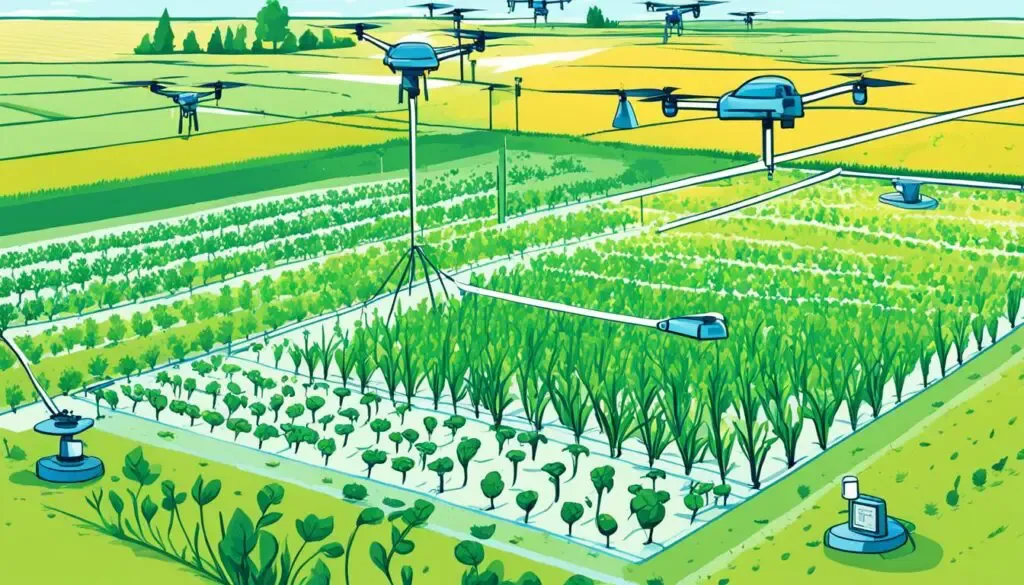In the heart of Jiangsu University, Zhenjiang, China, a groundbreaking study led by Xirun Min from the School of Computer Science and Communication Engineering is reshaping the future of smart agriculture. The research, published in the journal *Applied Sciences* (translated to *Applied Sciences*), delves into the transformative potential of integrating computer vision (CV) and generative artificial intelligence (GenAI) in agriculture, offering a glimpse into a future where technology and farming intertwine seamlessly.
The study systematically explores how CV and GenAI are revolutionizing traditional farming practices. “The integration of these technologies enables real-time monitoring, automation, and data-driven decision-making,” Min explains. This fusion is not just a technological leap; it’s a paradigm shift that promises to enhance efficiency, productivity, and sustainability in agriculture.
Computer vision techniques, such as convolutional neural networks (CNNs), YOLO variants, and transformer-based architectures, are at the forefront of this revolution. These advanced methods are proving invaluable in tasks like pest detection, fruit maturity classification, and field management. “These techniques are highly effective in identifying and addressing issues in crop health and management,” Min notes.
However, the real game-changer lies in the application of generative models, such as generative adversarial networks (GANs) and diffusion models. These models significantly improve dataset diversity and model generalization, particularly in low-resource scenarios. “Generative models address data scarcity and enhance model robustness, making them indispensable in modern agriculture,” Min adds.
Despite these advancements, challenges persist. Environmental variability, edge deployment limitations, and the need for interpretable systems are hurdles that researchers are actively working to overcome. “While the potential is immense, we must address these challenges to ensure scalable, adaptive, and trustworthy solutions,” Min acknowledges.
Emerging trends, such as vision–language models and federated learning, offer promising avenues for future research. These innovations could further enhance the capabilities of CV and GenAI in agriculture, paving the way for even more sophisticated and efficient farming practices.
The study concludes that the synergy of CV and GenAI holds immense potential for advancing smart agriculture. As Min puts it, “The future of agriculture lies in the seamless integration of these technologies, driving innovation and sustainability in the field.”
This comprehensive analysis provides valuable insights for researchers and practitioners aiming to harness AI-driven innovations in agricultural ecosystems. The research not only highlights the current advancements but also sets the stage for future developments, offering a roadmap for the next generation of smart agriculture technologies.
In the broader context, the energy sector stands to benefit significantly from these advancements. As agriculture becomes more efficient and sustainable, the demand for energy resources can be optimized, leading to a more balanced and eco-friendly ecosystem. The integration of CV and GenAI in agriculture is not just a technological evolution; it’s a step towards a more sustainable and energy-efficient future.
As we stand on the brink of this technological revolution, the work of Xirun Min and his team serves as a beacon, illuminating the path forward. The fusion of computer vision and generative AI is not just a scientific endeavor; it’s a journey towards a smarter, more sustainable future for agriculture and beyond.

